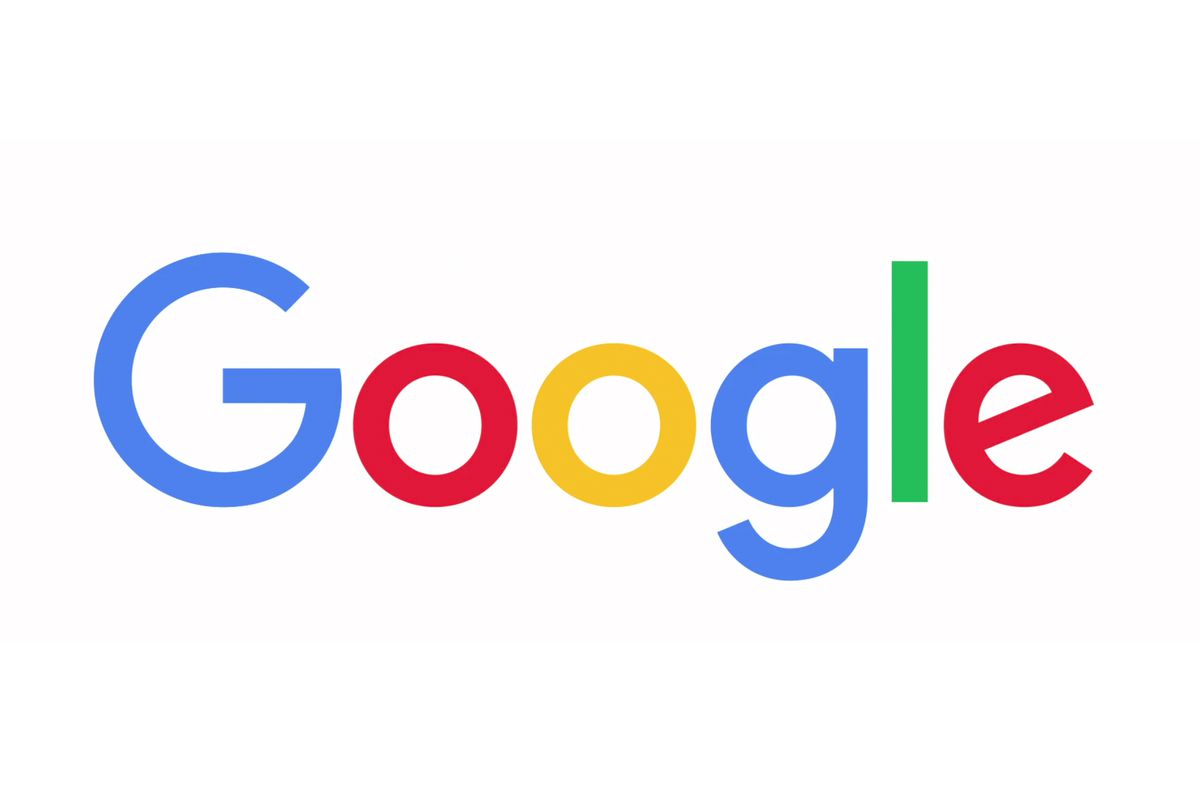Google provides tips on how to make your website’s links more crawlable for improved search relevance

Google has announced that links are a crucial factor in determining a website’s relevancy and discovering new pages to crawl. To assist website owners in optimizing their links for better search relevance, Google has released some recommendations.
According to Google, for links to be crawled, they must be presented in the <a> HTML element, commonly known as an anchor element, with an href attribute. Google’s crawlers will not be able to parse links in other formats, and links without an href attribute will not be extracted by Google’s crawlers.
Google emphasizes that it is critical to ensure that the URL in the <a> element resolves to a web address resembling a URI that Google crawlers can send requests to. Furthermore, Google warns that URLs within <a> elements that lack an href attribute or any other tags that function as links will not be reliably extracted by Google’s crawlers due to script events.
To ensure that Google can locate and crawl other pages on your website via the links on your page, website owners should aim to make their links crawlable. In addition, website owners should also focus on enhancing their anchor text, which is the clickable text in a hyperlink. By improving the anchor text, website owners can make it easier for both people and Google to make sense of their website’s content.
By following these tips, website owners can improve their website’s search relevance and ensure that Google can locate and crawl their website’s pages more efficiently.
Recommended (Google can parse)
<a href="https://example.com">
<a href="/products/category/shoes">
Links are also crawlable when you use JavaScript to insert them into a page dynamically as long as it uses the HTML markup shown above.
Not recommended (but Google may still attempt to parse this):
<a routerLink="products/category">
<span href="https://example.com">
<a onclick="goto('https://example.com')">
Make sure that the URL in your <a> element resolves into an actual web address (meaning, it resembles a URI) that Google crawlers can send requests to, for example:
Recommended (Google can resolve):
<a href="https://example.com/stuff">
<a href="/products">
<a href="/products.php?id=123">
Not recommended (but Google may still attempt to resolve this):
<a href="javascript:goTo('products')">
<a href="javascript:window.location.href='/products'">
Anchor Text Placement
Google has released a new statement detailing best practices for anchor text placement, which can have a significant impact on how search engines interpret and rank websites. Anchor text, the visible text of a link, provides both people and Google with information about the page that the link is directing to.
The tech giant advises placing anchor text between <a> elements that are accessible to Google’s crawlers. Good anchor text should be descriptive, concise, and relevant to both the page that the link is on and the page that it links to. This helps provide context for the link and allows readers to navigate websites more easily.
Good:
<a href=”https://example.com/ghost-peppers”>ghost peppers</a>
Bad (empty link text):
<a href=”https://example.com”></a>
As a fallback, Google can use the title attribute as anchor text if the <a> element is for some reason empty.
<a href=”https://example.com/ghost-pepper-recipe” title=”how to pickle ghost peppers“></a>
For images as links, Google uses the alt attribute of the img element as anchor text, so be sure to add descriptive alt text to your images:
<a href=”/add-to-cart.html”><img src=”enchiladas-in-shopping-cart.jpg” alt=”add enchiladas to your cart“/></a>
If you are using JavaScript to insert anchor text, use the URL Inspection Tool to make sure it’s present in the rendered HTML.
Bad (too generic):
<a href=”https://example.com”>Click here</a> to learn more.
<a href=”https://example.com”>Read more</a>.
Learn more about our cheese on our <a href=”https://example.com”>website</a>.
We have an <a href=”https://example.com”>article</a> that provides more background on how the cheese is made.
Better (more descriptive):
For a full list of cheese available for purchase, see the <a href=”https://example.com”>list of cheese types</a>.
Bad (weirdly long):
Starting next Tuesday, the <a href=”https://example.com”>Knitted Cow invites local residents of Wisconsin to their grand re-opening by also offering complimentary cow-shaped ice sculptures</a> to the first 20 customers.
Better (more concise):
Starting next Tuesday, the <a href=”https://example.com”>Knitted Cow invites local residents of Wisconsin</a> to their grand re-opening by also offering complimentary cow-shaped ice sculptures to the first 20 customers.
Google also warns against keyword stuffing and encourages writers to focus on writing naturally. They suggest considering whether readers need the keywords in the anchor text to understand the next page. Links should be contextual, with attention given to the words before and after the link.
The statement also notes the importance of internal linking, where pages on a website are linked to each other. Google advises considering what other resources on the site could help readers understand a given page and to link to those pages in context.
Bad (too many links next to each other):
I’ve written about cheese <a href=”https://example.com/page1″>so</a> <a href=”https://example.com/page2″>many</a> <a href=”https://example.com/page3″>times</a> <a href=”https://example.com/page4″>this</a> <a href=”https://example.com/page5″>year</a>.
Better (links are spaced out with context):
I’ve written about cheese so many times this year: who can forget the <a href=”https://example.com/blue-cheese-vs-gorgonzola”>controversy over blue cheese and gorgonzola</a>, the <a href=”https://example.com/worlds-oldest-brie”>world’s oldest brie</a> piece that won the Cheesiest Research Medal, the epic retelling of <a href=”https://example.com/the-lost-cheese”>The Lost Cheese</a>, and my personal favorite, <a href=”https://example.com/boy-and-his-cheese”>A Boy and His Cheese: a story of two unlikely friends</a>.
Regarding external links, Google advises linking out to other websites to establish trustworthiness and provide context for readers. The use of nofollow should be reserved for instances where the source is untrusted, or if the link has been paid for. If users can insert links on a website, Google recommends using ugc or nofollow for these links.
By following these best practices, websites can improve their user experience and help Google better understand the content of their pages.







